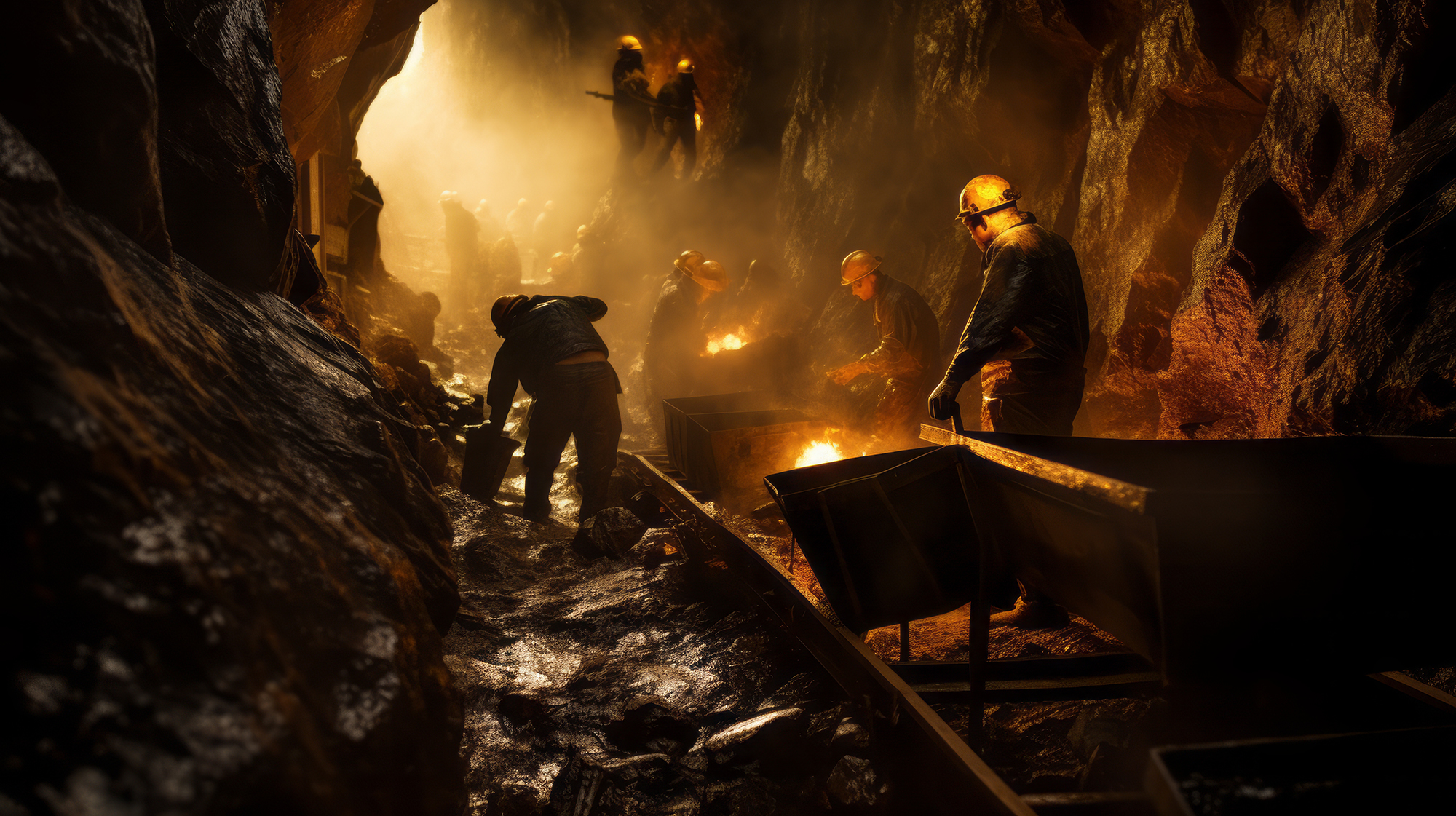
5.1: Immediate Consequences of Coal Bursts
The immediate impacts of coal bursts are often devastating. These violent events can cause serious injury or loss of life among mine workers. In addition to the human toll, coal bursts can damage machinery and infrastructure within the mine. This can include the destruction of mining equipment, blockages of mine passages, and compromise of structural supports, posing further risk to the safety of personnel.
5.2: Long-Term Effects on Mining Safety and Productivity
Beyond the immediate impacts, coal bursts can have substantial long-term effects on mining operations. The damage caused by a coal burst often necessitates significant repair work, which can halt mining operations for extended periods. Furthermore, the area affected by a coal burst may need to be abandoned entirely, leading to the loss of valuable coal resources.
Coal bursts can also impact worker morale and mental health. The threat of these unpredictable events can contribute to anxiety and stress among mine workers, impacting their productivity and well-being. In extreme cases, repeated coal bursts can lead to mine closures or contribute to the abandonment of mining projects, with serious economic implications.
5.3: The Role of Regulatory Compliance and Reputation
Mining companies that experience coal bursts may face increased scrutiny from regulatory bodies. Compliance violations can result in fines and penalties, adding to the financial impact of a coal burst incident. Furthermore, such incidents can damage a company’s reputation, potentially leading to a loss of contracts or difficulty in securing future mining rights.
In the following chapters, we will examine the strategies used to prevent coal bursts and explore the role of technology in ensuring safe and efficient mining operations. The lessons learned from the impact of coal bursts underline the importance of ongoing research, robust safety measures, and constant vigilance in the mining industry.








